A sprawling three-bedroom single-storey bungalow located on a quaint road in north Delhi has been at the centre of a political firestorm since October 7, when chief minister Atishi moved into the house.

The bungalow at the centre of the debate — 6, Flag Staff Road — has been occupied throughout its history by people of varying degrees of importance in Delhi’s administration. However, the residence only gained significant political prominence in 2015 when the then Delhi chief minister Arvind Kejriwal moved into it.
During Kejriwal’s stay, reports first emerged about the house’s dilapidated condition. At least three separate incidents of roof collapse were reported in the house, following which the Public Works Department (PWD) – the agency that owns the bungalow – undertook a wide-ranging renovation in 2020. This renovation later triggered the first major controversy surrounding the residence – leaders of the Bharatiya Janata Party (BJP) alleged that “extravagant expenses” were incurred on the renovations, and a probe was later initiated.
Then, on October 9, two days after newly appointed chief minister Atishi moved into the bungalow, PWD officials locked the residence, AAP to claim that Atishi was “forcibly” evicted and her “belongings removed”.
The history of 6, Flag Staff Road
Originally envisioned by the British in the aftermath of the revolt of 1857, the first trace of construction was carried out on the piece of land — known now as 6, Flag Staff Road — to make a residence for high-ranking Raj officials back when Civil Lines served as the nerve centre of British admiration in the city.
Then, in 1942, a new, more modern structure was built on the spot, again by the British, and the plot was eventually taken over by the government of India after Independence.
Historian and author Swapna Liddle said historical maps show that bungalows existed on Flag Staff Road during the late 19th century.
The road itself was named after Flag Staff Tower, built in 1828 by the British-Indian Army as a signal tower where soldiers from adjacent cantonment were deployed to keep a watch on the northern expanse of the city.
“After the revolt of 1857, Civil Lines became the site of the British administration. That is when the bungalows on the Flag Staff Road were built for housing the British officials,” said Swapna Liddle.
“Even before the revolt, the commissioner, who was the highest British official in Delhi, used to live nearby in a building, then known as Ludlow Castle,” she said.
To be sure, 6 Ludlow Castle Road continued to be the residence-office of the chief commissioner of Delhi even after Independence. In 1966, the Delhi Administration Act proclaimed Delhi as a Union territory to be governed by a lieutenant governor instead of a chief commissioner, and 6, Ludlow Castle Road was renamed Raj Niwas.
Naren Bikhu Ram Jain, who lives in the bungalow on 4, Flag Staff Road, said originally, just four bungalows existed on Flag Staff Road during the British rule, and all were occupied by high-ranking British officials.
“Bungalows were constructed on Flag Staff Road for the accommodation of high-ranking British officials. After Independence, the bungalows were sold to different families, mostly to the Jain business community. In the 1960s the government of India acquired 6, Flag Staff Road and the bungalow was used as residential accommodation for senior government officials. It is an old house and has been repaired and renovated several times,” said Naren Jain, 69, social worker.
At the time of Independence, there were four bungalows on Flag Staff Road.
“Two bungalows – 4 and 6 – were on the left side of the lane when entering the Flag Staff Road from Samnath Marg and two bungalows were on the right side,” said Naren Jain.
Even at the time, 6, Flag Staff Road was one of the largest government houses in Delhi outside the Lutyens’ Zone, and later the bungalow was allotted to several chief secretaries.
Since Independence, 6 Flag Staff Road has served as the house for several government officers including some chief secretaries of Delhi, before it was allotted to Prem Singh who stayed in the house during his tenure as Delhi speaker between 2004 and 2008.
Former Delhi minister and Congress leader Arvinder Singh Lovely said he was offered 6, Flag Staff Road as a residence in 2008. “I went to visit the bungalow, but I declined the offer,” said Lovely, adding that at least four chief secretaries of Delhi stayed in that bungalow which was vacant for a long time during different periods.
Deputy speaker of Delhi assembly Amrish Singh Gautam was the final occupant of the house before Kejriwal moved in.
Delhi does not have a dedicated CM bungalow, and different CMs have stayed in different bungalows. Arvind Kejriwal was the only chief minister who stayed at 6, Flag Staff Road.
In 2023, the bungalow was at the centre of a controversy over expenses incurred by the government on its renovation, and the BJP named the house ‘Sheesh Mahal’ to underline the expenses incurred on its renovation. To be sure, the Central Bureau of Investigation (CBI) registered a preliminary enquiry into alleged irregularities and misconduct in renovating the official residence of the then Delhi CM in September 2023. The PE was registered based on a report the then Delhi chief secretary Naresh Kumar submitted flagging irregularities in the house’s renovation.



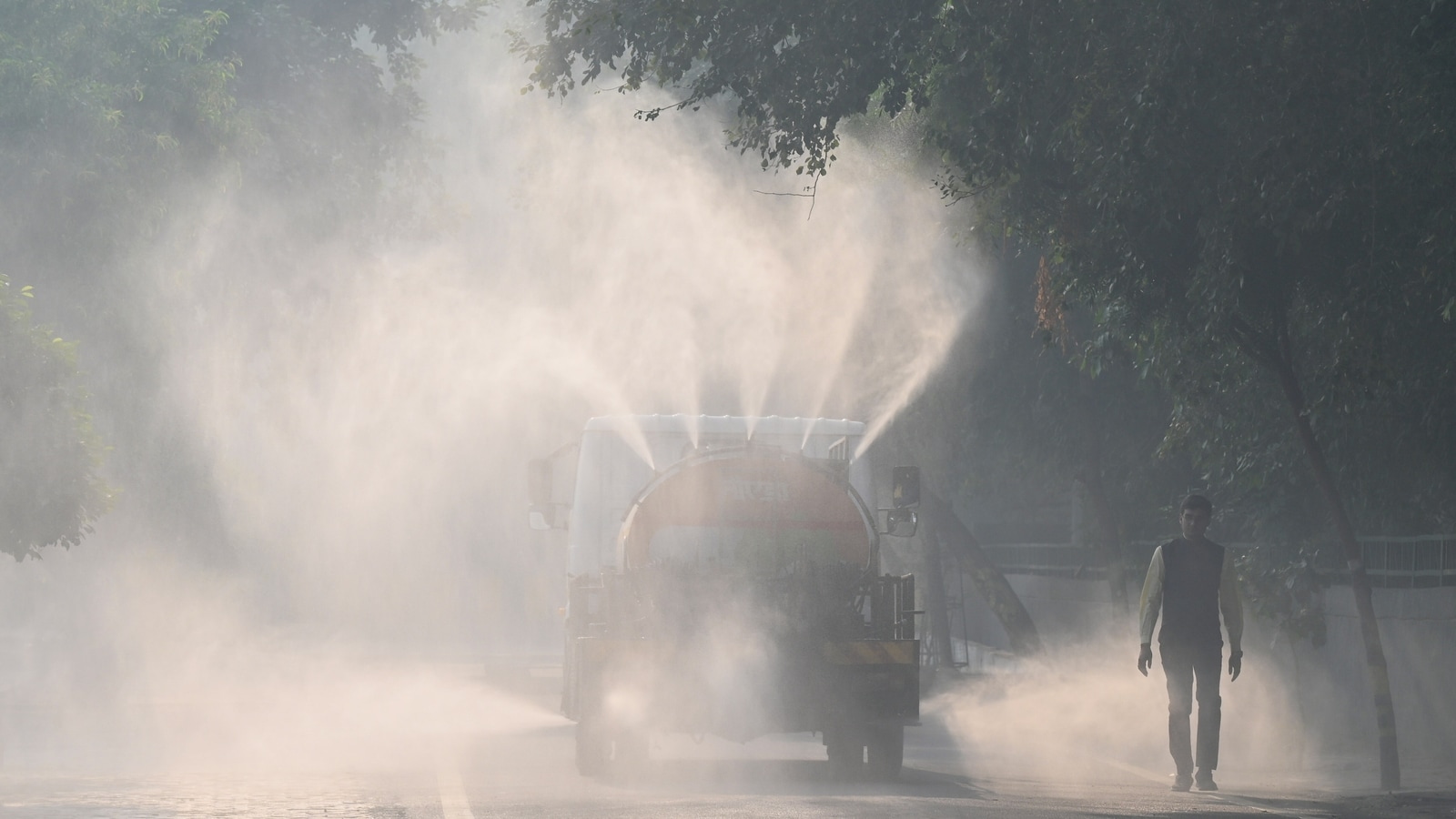
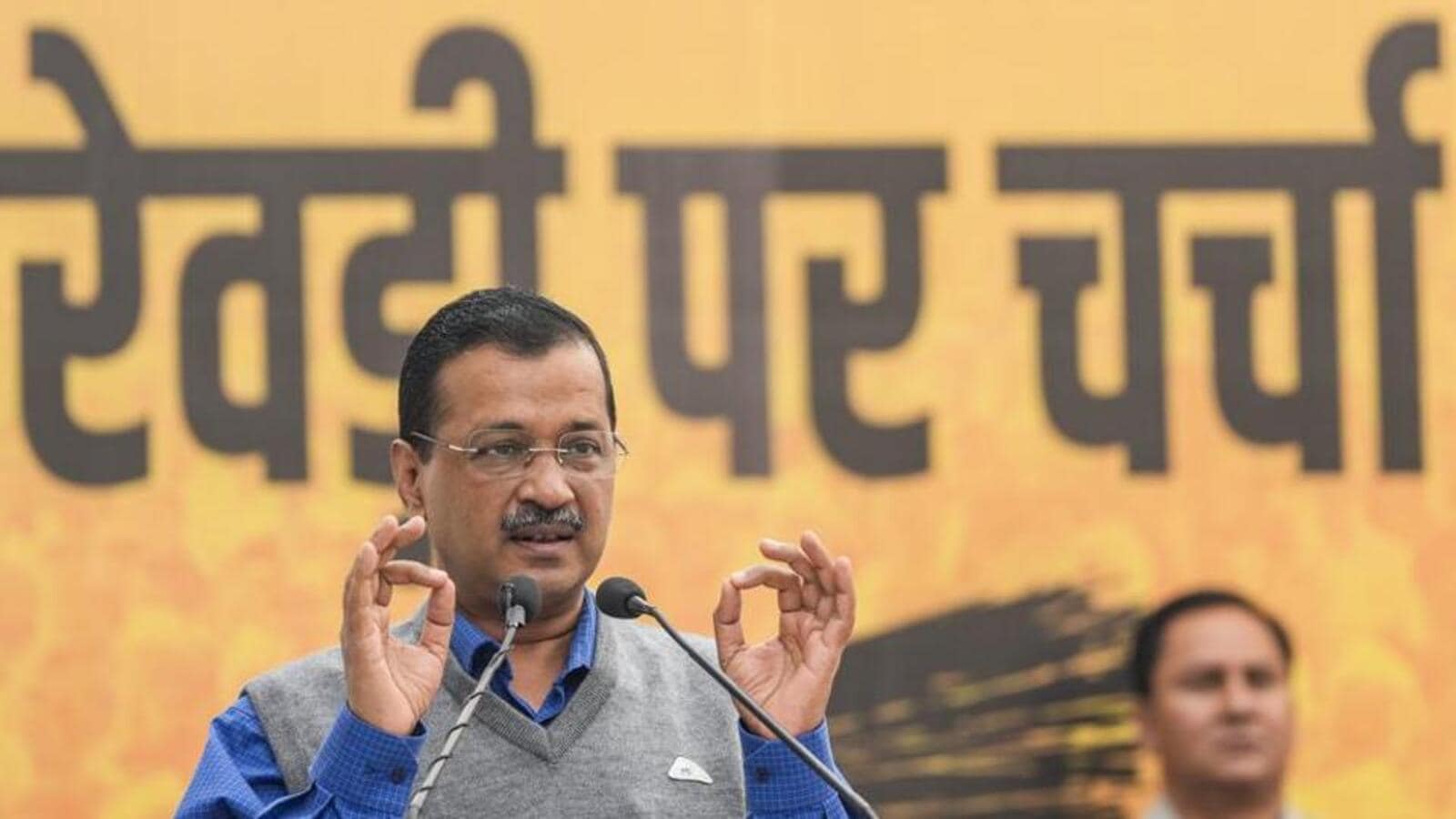
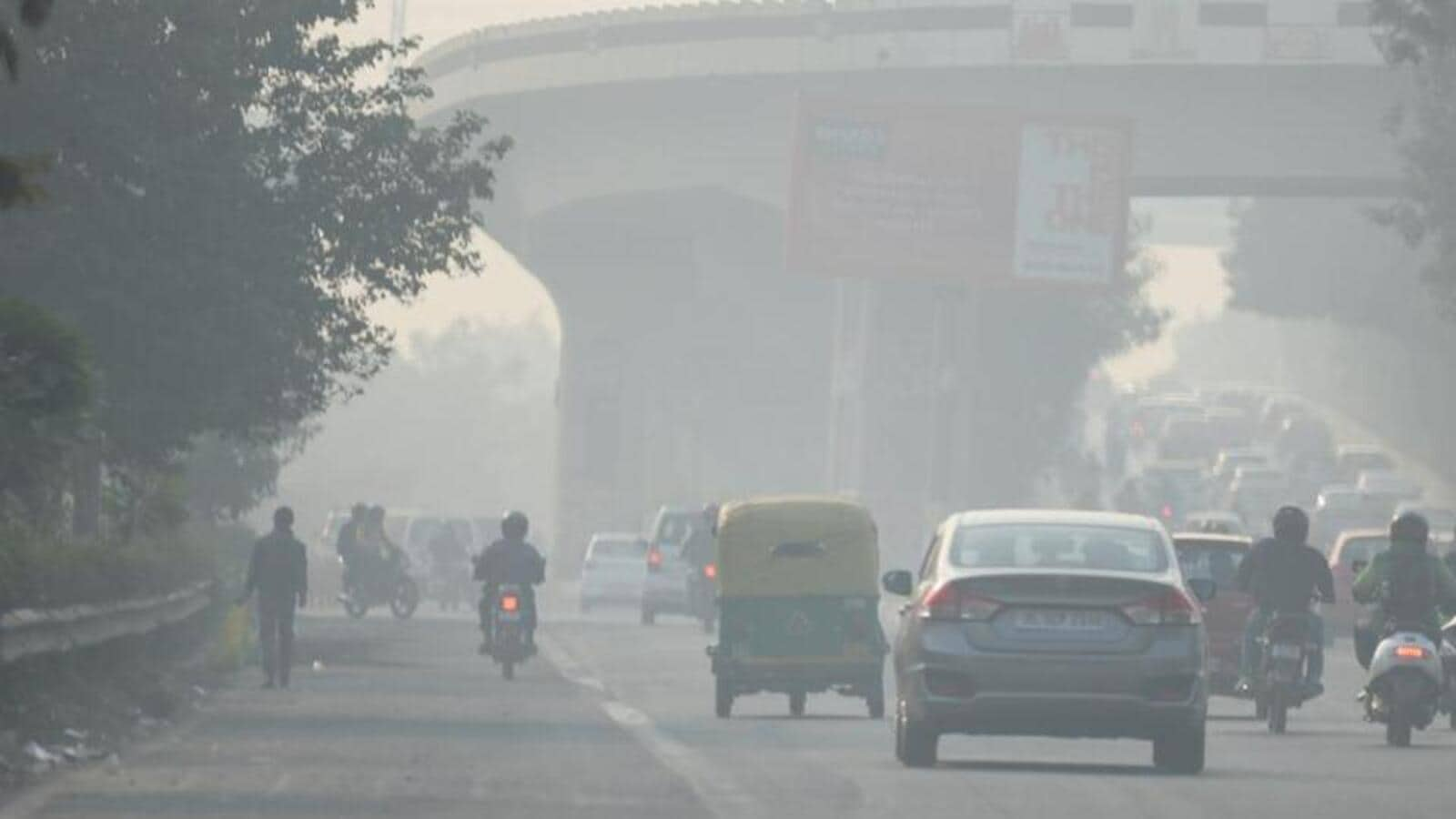
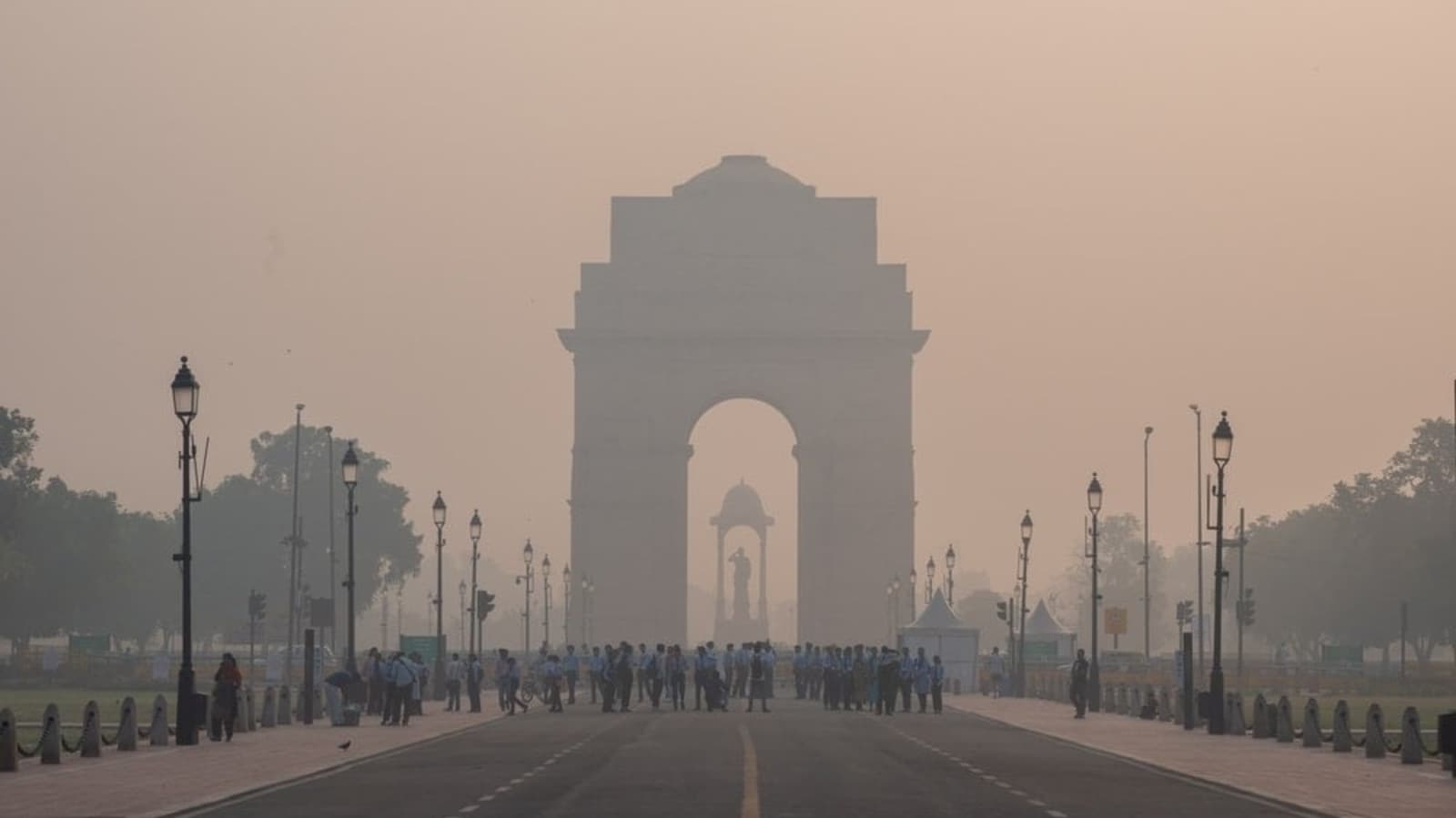

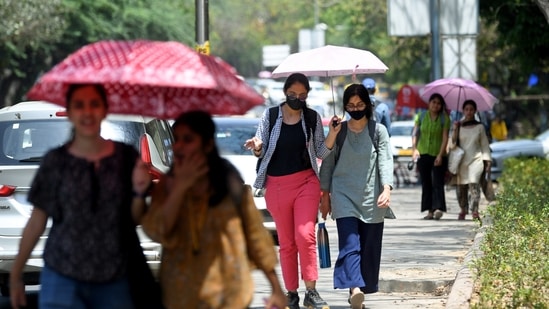


Leave a Reply